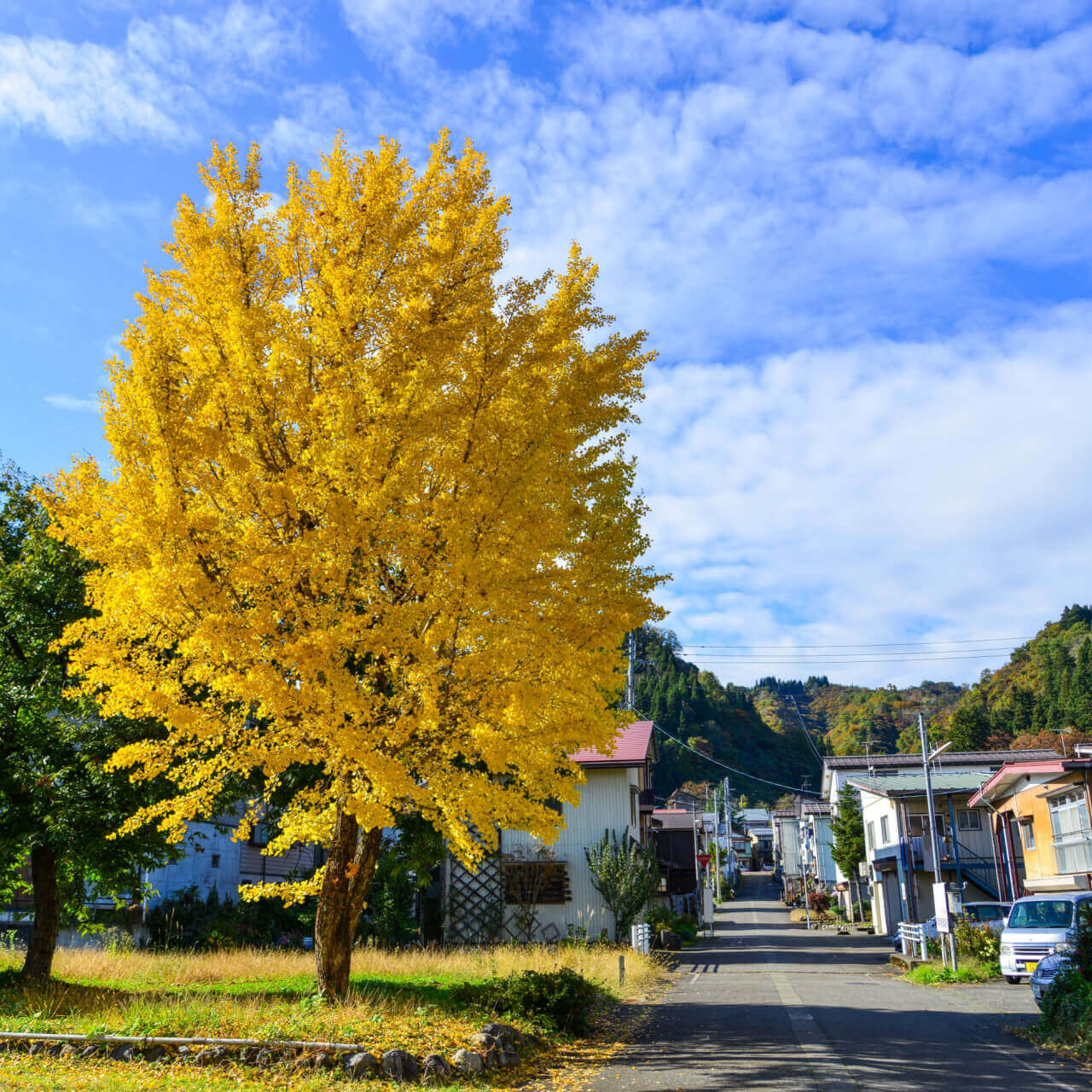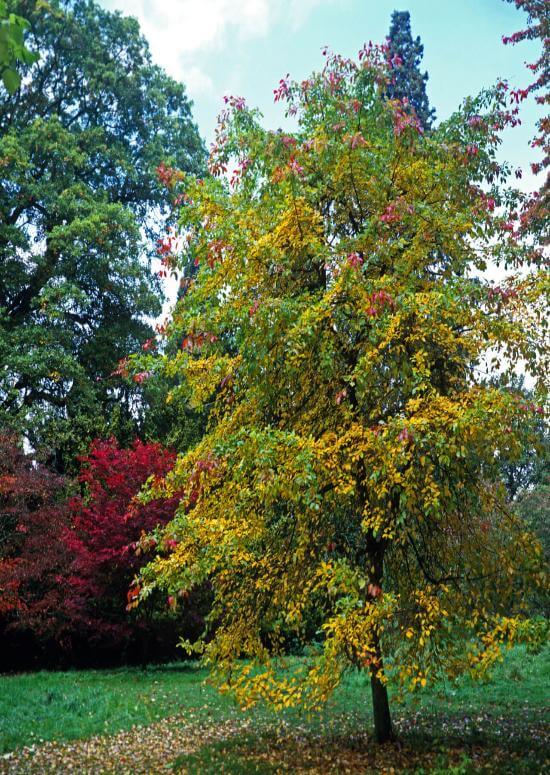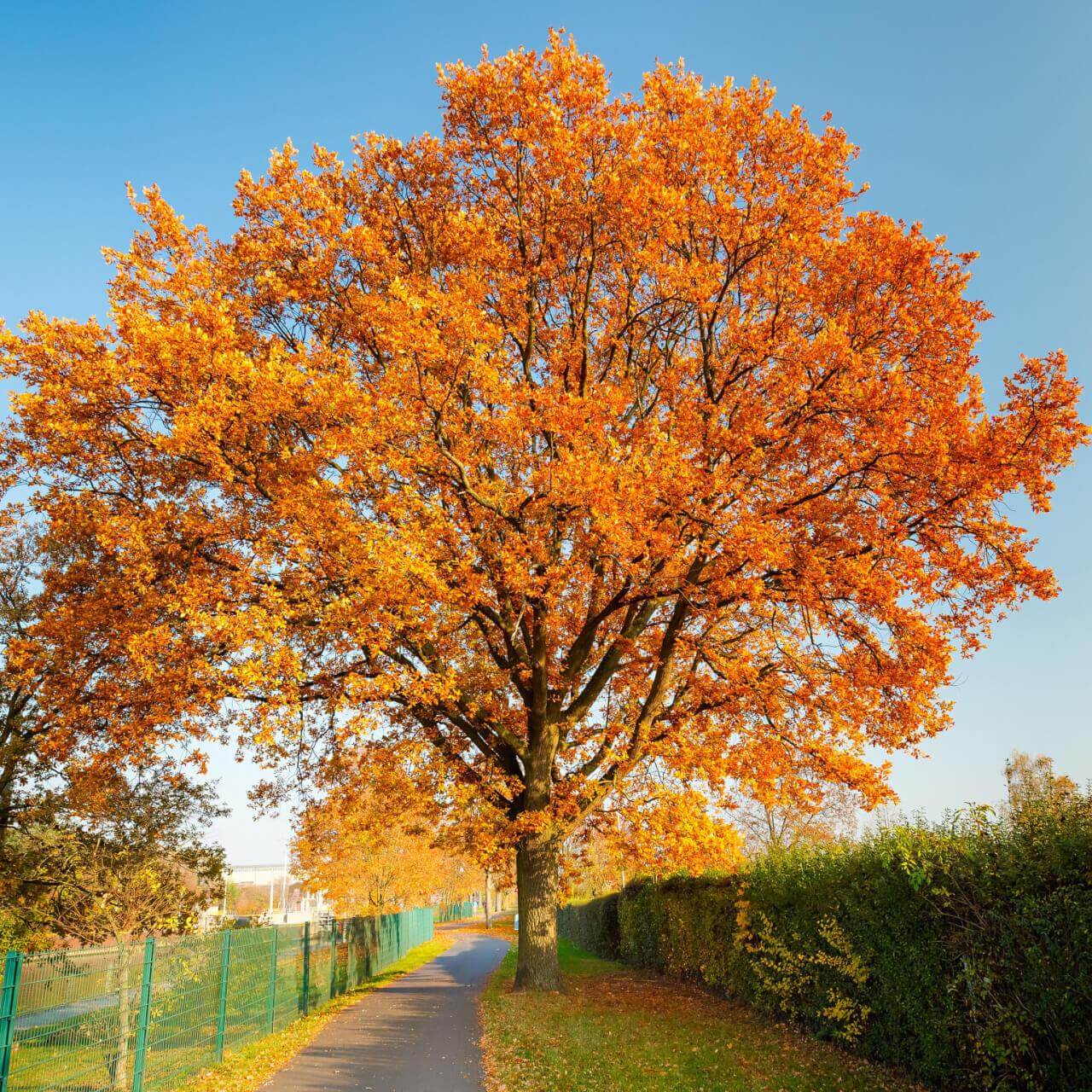Shade Trees Sure To Transform Your Landscaping
Transform Your Landscape with Majestic Shade Trees
Looking to elevate the beauty of your outdoor space? Discover the wonders of trees that add grandeur and character to any garden or public area. Our selection of stunning, hardy trees is perfect for creating striking focal points and providing long-lasting beauty.
The best part? These hardy, adaptable shade trees require minimal upkeep, making them perfect for effortless garden beauty.
Swamp People's ⭐ Troy Landry Chooses Tennessee Wholesale Nursery!
We proudly present: Troy Landry from #1 show the Swamp People -- Troy has confidence in us for his plants and trees and we would be happy to deliver the same quality and service to all our clients.
We boast a fantastic variety of plants, including ferns, perennials, trees, shrubs and many others.
Check out what we have to offer and find out why Troy and many others use us as a nursery. We invite you all at Tennessee Wholesale Nursery and do not miss the chance to embellish your kinds of garten.

Weeping Willows
This is a striking deciduous tree, with its graceful, cascading branches, that brings a sense of tranquility to any landscape. Typically found near water sources, this tree's distinctive appearance creates an almost magical atmosphere in gardens and natural settings. One of the Weeping Willow's most notable features is its long branches that sweep towards the ground, forming a natural curtain of foliage. This unique growth pattern not only provides aesthetic appeal but also serves a practical purpose.
The tree's ability to thrive in moisture-rich environments makes it an excellent choice for planting near bodies of water such as ponds, streams, or in areas prone to flooding. Beyond its visual charm, the Weeping Willow plays a vital role in supporting local ecosystems. Its leaves and fallen branches provide sustenance for various wildlife, including small mammals.
In early spring, the Weeping Willow enhances its allure with the emergence of delicate, pale yellow catkins. These subtle flowers add a soft, ethereal quality to the tree's already dreamy appearance.
For those looking to enhance their landscape while supporting local biodiversity, the Weeping Willow presents an enduring and captivating option. Its combination of visual impact and ecological benefits makes it a thoughtful choice for both ornamental and naturalistic garden designs.

Tulip Poplar
A striking tree mostly recognized for its unique tulip-shaped foliage, contrasting yellow-green flowers, and a tall trunk. This plant, one of the tallest in eastern North America, can about 192 feet high, making it a standout in any landscape. Its growing speed and hardiness to various soil types make it a perfect plant for homeowners and public gardens alike.
The Tulip Poplar plant offers a dynamic visual display round the year. In winter, its buds appear dark red, gradually opening into bright green leaves. Autumn turn these leaves in a brilliant yellow color, adding a burst of vibrancy to any landscape.
The tree's flowers are equally captivating, starting as greenish-yellow in May and gradually shifting to a yellowish-red by autumn. In September and October, the tree produces light brown, narrow cones that are quickly dispersed by the wind.
With its massive trunk and beautiful foliage, the Tulip Poplar is a magnificent investment that will stand tall for generations.

Quaken Aspen
This deciduous tree, native to North America, is known for its unique heart-shaped foliage that seems to flicker like a candle flame under the slightest breeze. Hence, the name Quaking Aspen!
The plant can grow about 110 feet high, with a narrow, upright form and is an interesting sight anywhere planted. Its narrow, long trunk and lush canopy create a mesmerising scenary, making it a romantic choice for your backyard and even public landscapes.
The Quaking Aspen stands out for its striking bark, which varies from a pale silvery hue to bright white, often marked with black streaks or spots. This striking contrast against darker plants adds a layer of sophistication to any landscape. The tree’s leaves are just as remarkable, with their green tops and silvery undersides creating a shimmering effect as they flutter in the breeze. As autumn approaches, the foliage turns a vibrant golden color, sometimes darkening to a deep red, providing a beautiful and enduring display of fall color.
Ideal for both individual planting and groupings, the Quaking Aspen serves as a striking focal point, whether lining a driveway, framing a doorway, or standing alone in a yard.

Sourwood Tree
The Sourwood Tree, native to the southeastern United States, is a charming deciduous tree known for its fragrant, white, urn-shaped flowers and striking red fall foliage. This small to medium-sized tree typically grows to about 25 feet in height, with a spread of around 10 feet, making it a perfect addition to any garden. It is often called sorrel and is appreciated for its stately yet manageable size, allowing it to blend seamlessly with surrounding perennials without overpowering them.
One of the standout features of the Sourwood Tree is its stunning blooms. After a few years of growth, it produces beautiful white, bell-shaped flowers in June and July, arranged in graceful panicles often referred to as "angel fingers." These flowers not only enhance the tree’s appearance but also fill the air with a sweet fragrance, so potent that nectar often drips from the branches.
In the fall, the Sourwood Tree's leaves turn brilliant shades of red and deep purple, complementing its reddish-brown, furrowed bark. The leaves, which have a pleasant, honey-like aroma with a hint of anise, are glossy and catch the sunlight beautifully. As the flowers fade, silvery capsules form, adding winter interest to this resilient tree, which is also a favorite among pollinators like bees and birds.
Low-maintenance and resilient, this plant is an excellent choice for gardeners looking to add color, structure, and ecological value to their outdoor spaces.

Ginkgo biloba
This impressive and historically significant plant is renowned for its distinctive fan-shaped leaves and resilience. Often called the maidenhair tree due to its unique foliage, the Ginkgo Biloba is a true marvel. Its striking golden-yellow leaves, especially during autumn sunsets, offer a breathtaking display that enhances any landscape. With its remarkable appearance and rich history, the Ginkgo Biloba is an exceptional choice for adding beauty and character to your garden.
This tree, with a history that spans millions of years, carries an air of timelessness. The delicate, fan-shaped leaves evoke images of prehistoric landscapes, offering a sense of connection to the natural world. The Ginkgo biloba is not just visually captivating but also symbolizes endurance, with each leaf reflecting its long-standing resilience.
Beyond its aesthetic appeal, the Ginkgo biloba is an excellent choice for sustainable gardening. It is highly resistant to air pollution and provides ample shade, making it a practical and ornamental addition to any garden.
Whether you're planting it in your yard or using it to enhance public spaces, this tree creates habitats for wildlife and offers humans a cool, shaded retreat. Incorporating the Ginkgo biloba into your landscape promotes ecological harmony, supporting the coexistence of various plants and wildlife while adding beauty and value to your garden.
Japanese Maple - Acer Palmatum
The Japanese Maple is a well-known ornamental tree, admired for its distinctive palmate leaves. Known as "Iroha Momiji" in Japan, this tree is highly regarded for its ability to effortlessly enhance the aesthetic appeal of any landscape. In the fall, its leaves transform into vibrant shades of green and yellow, bringing a touch of natural beauty to your garden. Additionally, it offers a wide selection of colorful cultivars, making it an excellent choice for those seeking variety and elegance in gardens, parks, and residential spaces.
The Japanese Maple typically grows in the understory of shaded woodlands, reaching heights between 20 to 35 feet. It comes in various forms, from small shrubs to taller trees, with finely textured leaves that can range from 1.5 to 4.75 inches long. These leaves are known for their vibrant colors, which can include deep green, orange, red, and even deep purple, with some cultivars featuring variegated patterns in pink or white.
They are perfect when planted as accent trees in the pathways, at the edges, in the patios or in bonsai as well. Their lightweight and thin canopies serve as shelters for small animals while the flowers grace with hummingbirds and bees in spring seasons. Planting a Japanese Maple to your garden is a great way of improving the aesthetic of the garden and making sure its beauty is enjoyed all year round.

River Birch Tree
This plant is a medium-sized deciduous tree highly valued for its unique features and adaptability. Reaching up to 40 feet in height with a 30-foot canopy, this fast-growing tree is a favorite in landscaping for its vibrant foliage, distinctive bark, and ability to thrive in wet or poorly drained soils.
The tree's foliage is a rich forest green, with serrated leaves that dance elegantly in the wind, creating a mesmerizing visual effect. As autumn sets in, the leaves shift to a vibrant gold, bringing a striking splash of color to the landscape as summer blooms start to wane.
However, the River Birch's most striking feature is its bark. The bark peels away in thin, papery layers, revealing a mix of colors—black, white, brown, and salmon—that provide visual interest year-round. This ever-changing bark adds a dynamic texture and color to gardens, making it a standout feature even in winter.
In addition to its aesthetic appeal, the River Birch produces catkins, slender, cylindrical flower clusters that appear in late winter and early spring. These catkins attract a variety of wildlife, including hummingbirds, songbirds, and butterflies, making the River Birch an excellent choice for those who wish to invite nature into their outdoor spaces.

Black Gum - Tupelo Tree
This plant is renowned for its striking seasonal color transitions and environmental advantages. In the spring, its leaves emerge with a glossy green hue that changes to brilliant shades of red, orange, and purple as fall approaches, offering a spectacular display. Native to eastern North America, including southern Ontario and extending as far south as Florida and Texas, the Black Gum tree is a favored option for both private gardens and public spaces due to its aesthetic and functional qualities.
Beyond its aesthetic appeal, the Black Gum tree offers significant ecological value. Its small, bluish-black fruits provide food for various birds and mammals, while its flowers supply essential nectar for bees and other pollinators. Adaptable to different soil types, including acidic and poorly drained soils, this tree is also drought-resistant once established
Typically the tree grows about 30 to 50 feet high and very rarely up to 80 feet. The Black Gum tree sprouts with a pyramidal shape and develops a rounded crown as it matures. Its slow growth and hardiness make it a long-lasting addition to any garden. To create a lively and ecologically balanced landscape, consider pairing the Black Gum with other colorful trees such as Sourwood, Red Maple, and Sweet Gum.

Hickory Tree
The Hickory Tree is a majestic addition to any landscape, renowned for its striking compound leaves, rugged bark, and the hard-shelled nuts it produces. Native to North America, this tree is valued for its aesthetic appeal, ecological benefits, and practical uses.
Known for its elegant, serrated leaflets that can range from 3 to 17 in a leaf cluster, the Hickory Tree displays vibrant green foliage that turns yellow in the fall. Mature trees can reach heights between 20 and 130 feet, depending on the species. Its bark is typically brown or dark gray with ridges, adding to its distinctive appearance.
The Hickory Tree's ecological contributions are significant. Its nuts are a vital food source for various wildlife, and its presence helps stabilize the surrounding soil. Beyond its natural benefits, the tree’s hard, dense wood has historical significance. Hickory wood was traditionally used to make baseball bats due to its durability, a practice that continued until the mid-20th century.
Offering not only its stunning visual appeal but also its rich historical significance, its a perfect choice to plant in any landscape, be it your own garden or a public park.

Red Oak Tree
The Red Oak Tree is a well-thought addition to any landscape, famous for its high stature, sturdy trunk, and lush shade. The plant can grow up to 75 feet tall and 60 feet wide, effortlessly beautifying any landscape with its majestic presence. The lush green foliage in spring and summer transitions to the sunset shades of orange and yellow in the fall, creating a stunning seasonal display.
The tree's ecological attributes are note-worthy. The nuts produced by Oak Tree are a vital food source for wildlife, such as squirrels, which also help disperse the seeds and promote natural regeneration. The tree’s deep-root system goes down to around 20 feet which plays a crucial role in soil stabilization. All of these attributes makes it ideal for landscapes that need a bit of sturdiness and wildlife around.
Additionally, the Red Oak is known for its resilience against pests, contributing to its impressive lifespan of up to 300 years. This longevity ensures that multiple generations can enjoy its beauty and benefits.
The Red Oak Tree is an excellent choice for any garden, offering both aesthetic grandeur and practical advantages, making it a valuable asset to any outdoor environment.
Frequently Asked Questions
🌳How fast does a Tulip Poplar grow?
The Tulip Poplar is a fast-growing tree that can reach impressive heights quickly. It can grow up to 2 feet per year under optimal conditions, making it a robust addition to any landscape.
🌳What is the best time to plant shade trees?
Generally, the best time to plant most of these trees is during the fall or early spring. This timing allows the trees to establish their root systems before the stress of summer or winter conditions.
🌳What tree should I plant to get a quick and lush shade?
The Tulip Poplar is one of the tallest and fastest-growing trees in eastern North America. It can quickly develop a broad canopy that provides ample shade
🌳 How long does Hickory trees live?
Hickory Trees can live up to 300 years, making them a lasting investment in any landscape that will provide beauty and ecological benefits for generations to come.
